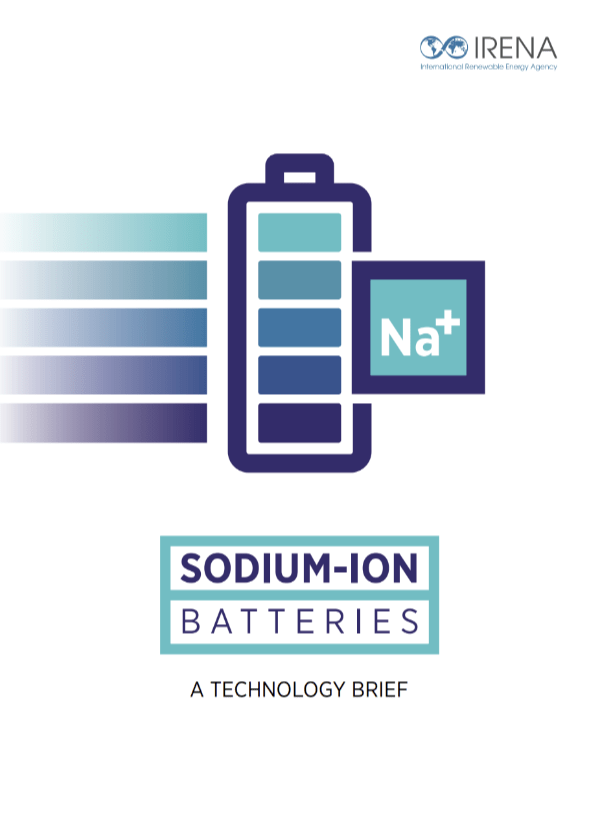E-cigarettes have gained popularity in recent years, largely due to their reputation as a safe alternative to conventional cigarettes. But these devices can expose users to toxic metals such as arsenic, chromium, nickel, and lead, noted Ana María Rule, Ph.D., from Johns Hopkins University, during her Jan. 19 NIEHS Keystone Science Lecture.
An outbreak of lung injuries associated with e-cigarette use, or vaping, that began in 2019 led to 2,807 hospitalizations and 68 deaths in less than a year. Even though the outbreak was eventually attributed to a chemical called vitamin E acetate that was added to some vaping devices, Rule and other experts believe it demonstrated that e-cigarettes are not as safe as previously believed.
“We do not know a lot about the long-term health consequences associated with exposure to e-cigarette aerosols,” said NIEHS Program Director Fred Tyson, Ph.D., who hosted the event. “Dr. Rule’s research is certainly a big piece of our effort to understand how these aerosols may injure lungs and contribute to other health issues.”
The e-cigarette triad
Although e-cigarettes come in many shapes and sizes, they are all composed of three basic parts. Those include a battery, a coil, and a liquid that contains nicotine and other components, noted Rule. When heated, the liquid becomes an aerosol, or plume, that is inhaled by the user.
 Rule’s EMIT study will generate information that informs policies related to e-cigarettes, and it will help to guide future research. (Photo courtesy of Ana María Rule)
Rule’s EMIT study will generate information that informs policies related to e-cigarettes, and it will help to guide future research. (Photo courtesy of Ana María Rule)“All of these devices contain a liquid that is full of chemicals,” she said. “They are definitely a concern, and we should definitely be studying them.”
Since 2018, Rule has led the NIEHS-funded Exposure to Metals from E-Cigarettes(https://tools.niehs.nih.gov/portfolio//portfolio/grantDetail/grant_number/R01ES030025) (EMIT) Study to do just that. She chose to focus on metals because the vaping liquid comes into direct contact with the coil, which typically contains metals and metal alloys that have been linked to negative health effects.
“We know from many studies that both nickel and chromium are inhalation carcinogens,” said Rule. “These compounds are going straight into the lungs.”
Signatures of exposure
Through the EMIT study, Rule’s team has analyzed metal concentrations in the e-liquid before it is in contact with the heating coil, and in the aerosol generated afterwards. They were surprised to find toxic metals, such as arsenic and lead, in the liquid even before it came into contact with the metallic coil.
The researchers have also measured the levels of metals in blood, urine, saliva, and exhaled breath condensate of 250 e-cigarette smokers, conventional cigarette smokers, and non-smokers. They have found significant differences between e-cigarette smokers and non-smokers, although determining what that means in terms of potential health effects will require more research, according to Rule.
Sugar-coated metal
In addition to various doses of nicotine and heavy metals, vaping liquid can also contain flavorants such as ethyl maltol, an artificial sweetener that tastes like cotton candy. Because ethyl maltol has long been known to help transport heavy metals into cells, Rule wondered whether the substance might enhance the potential toxicity of e-cigarette preparations. Together with her colleague Joseph Bressler, Ph.D., she showed that co-exposure to ethyl maltol and copper caused lung epithelial cells — which line the surface of the lungs — to die off.
As part of her presentation, Rule gave a brief history of e-cigarettes and the rapid evolution of these devices during more than a decade (see sidebar).
Citations:
Olmedo P, Goessler W, Tanda S, Grau-Perez M, Jarmul S, Aherrera A, Chen R, Hilpert M, Cohen JE, Navas-Acien A, Rule AM. 2018. Metal concentrations in e-cigarette liquid and aerosol samples: the contribution of metallic coils. Environ Health Perspect 126(2):027010.
Barrand MA, Callingham BA, Hider RC. 1987. Effects of the pyrones, maltol and ethyl maltol, on iron absorption from the rat small intestine. J Pharm Pharmacol 39(3):203–11.
Durrani K, El Din SA, Sun Y, Rule AM, Bressler J. 2021. Ethyl maltol enhances copper mediated cytotoxicity in lung epithelial cells. Toxicol Appl Pharmacol 410:115354.
(Marla Broadfoot, Ph.D., is a contract writer for the NIEHS Office of Communications and Public Liaison.)
Source link
factor.niehs.nih.gov



